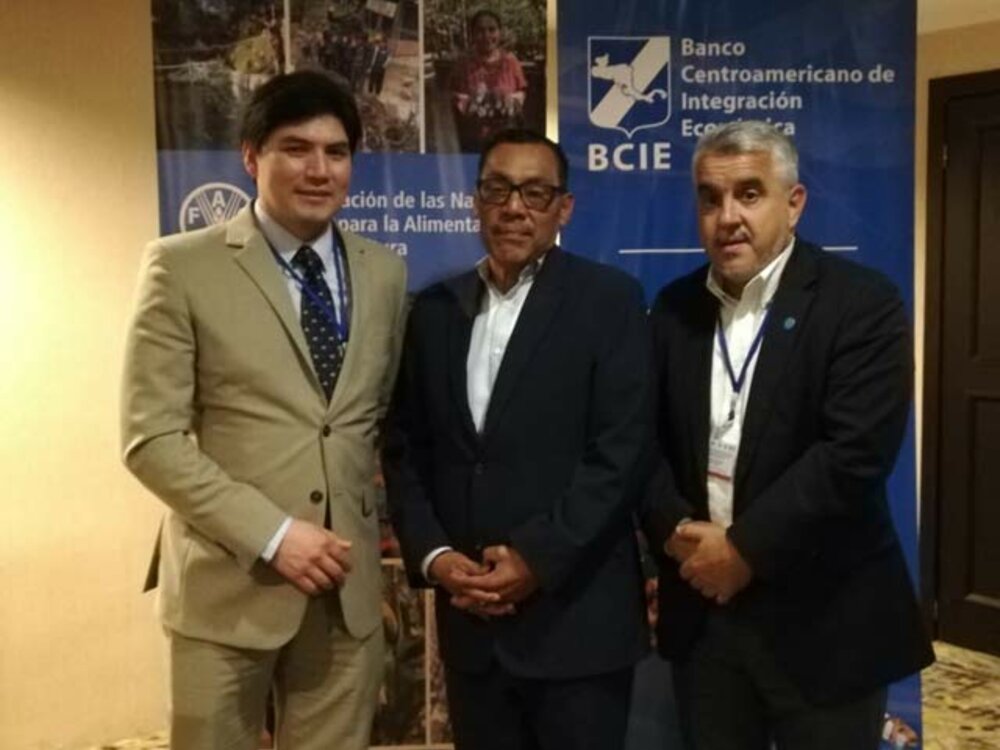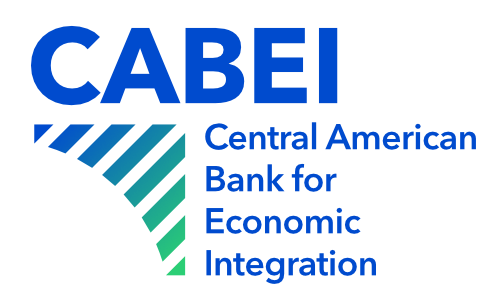Countries of the region join efforts to promote the Central American Dry Corridor

The meeting, which had the support of FAO and CABEI, analyzed institutional actions and financing mechanisms to facilitate the scaling up of initiatives.
Guatemala City, June 12, 2019.- With the objective of analyzing solutions to drought and other climate impacts and sharing experiences in their implementation, technicians from the countries of the Central American Integration System (SICA) participated in a meeting held in this city on June 12 and 13.
The extreme effects of climate in developing countries lead to losses of billions of dollars per year with drought being one of the phenomena that causes the greatest damage to the agricultural sector.
The Central American Dry Corridor is one of the most sensitive regions to climate variability in the world and suffers recurrently from the effects of the El Niño-Southern Oscillation (ENSO) phenomenon, affecting the agricultural sector and farmers who depend on agriculture to guarantee their livelihoods.
CABEI assumes its commitment to environmental sustainability, mobilizing resources to promote initiatives that contribute to reducing the effects of climate change and increasing resilience in the region. Along these lines, CABEI plays a key role in the sustainable financing of programs and projects that implement strategies to combat climate change and promote the achievement of the Sustainable Development Goals (SDGs).
According to the Executive Secretary of the Central American Agricultural Council (ES-CAC), Roberto Harrison, the Central American Agricultural Policy and the Sustainable Agriculture Strategy Adapted to Climate (EASAC) are two key interrelated benchmarks to guide decisions related to sustainable and inclusive agricultural development in the SICA region.
In this sense, Roberto Harrison considers that the agenda proposed in the EASAC is an ambitious strategy aimed at exchanging experiences to explore the possibilities of replication or scaling up of promising and innovative models with a strong component of knowledge management and the active involvement of the productive sector.
During the meeting, the participants also reflected on how to improve intersectoral and interinstitutional coordination, working together to provide medium and long-term solutions in the vulnerable territories of the Dry Corridor in order to contribute to rural food and nutrition security and poverty reduction.
Likewise, the countries debated actions for the mitigation of greenhouse gases and compliance with international commitments such as the Paris Agreement, the Expected Contributions at the National Level and the Sustainable Development Goals (SDGs).
Climate action investments
The implementation and monitoring of the EASAC requires institutional actions and the agreement of key actors to facilitate more efficient and innovative financing sources and mechanisms for the scaling up of development solutions.
In this framework, ES-CAC, FAO and CABEI work together to contribute to the strengthening of capacities to face this problem and facilitate access to financing to international climate funds for several countries of the region.
The FAO - CABEI Program promotes the preparation of climate investment proposals in Honduras, Guatemala and Panama, which will allow the development of livelihood resilience programs for thousands of family farmers.







